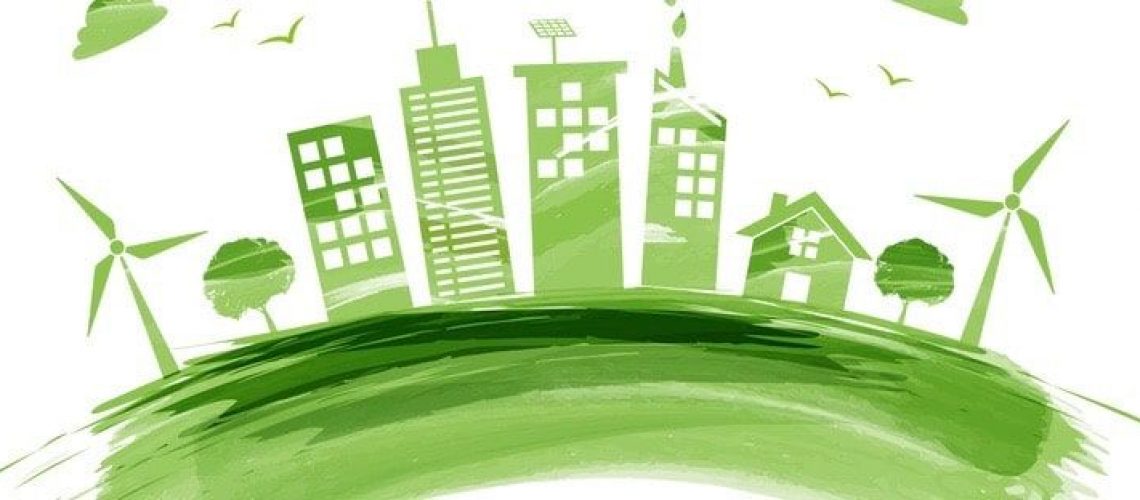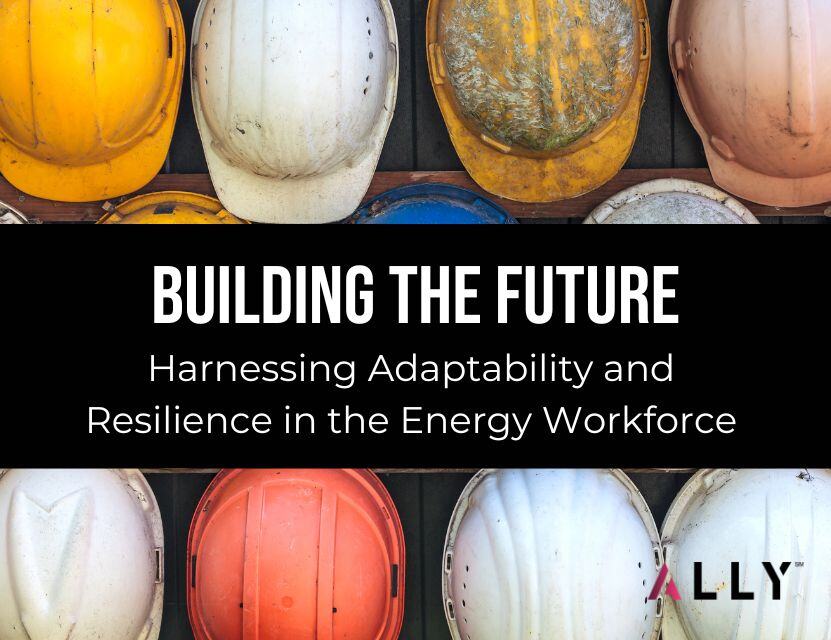Our recent session in the ESG Council series was on Blockchain and ESG. Here are some of the key takeaways from the session.
What is blockchain?
- It’s a classification – like an operating system
- Blockchain has been in play for 30 years+ which means this technology is maturing.
- If you think of blockchain as the platform, "smart contracts" are the programming code that can run on top of them, so an invoice could be a digital asset transacted on the blockchain. You can then program a smart contract that governs that digital asset which automates, in this case, invoicing.
- A node is an entity that connects and can transact on a specific blockchain platform.
- Blockchain has a distributed ledger with distributed nodes, that records in real-time so everyone has the same information at the same time, and we have one source of truth.
- Blockchain is Web3, the next evolution of the internet
What’s the problem blockchain is trying to solve?
- Blockchain removes the inefficiency in transactions and allows for greater automation.
- Blockchain removes the potential for fraud.
- It solves the 'double spend' problem, meaning, two or more parties can exchange something of value without a third party entity (like a bank or a title company, etc)
Who owns it, regulates it, governs it?
- Consortiums, governments, and companies are all a part of the blockchain.
- Companies should manage their own ledgers, contracts, and transactions, just like they do with the supply chain - to manage Security on data, transparency, who has access to it, and price books)
- Panelists agreed that can work together to help manage the technology and continually improve it, but companies need to own and secure their own nodes.
- Experts argued there are times and use cases for public and private blockchains and even hybrid ones too.
How can blockchain help us with ESG?
- Blockchain can be used for ESG reporting and in holding entities accountable.
- The technology supports transparency.
- It allows entities to prove their emissions and creates one source of truth as a registry.
- Blockchain allows us to know the carbon intensity of the supply chain as its being tracked. As an example: measuring flaring with a temperature sensor or measuring electricity usage on a pipeline

.jpg)


